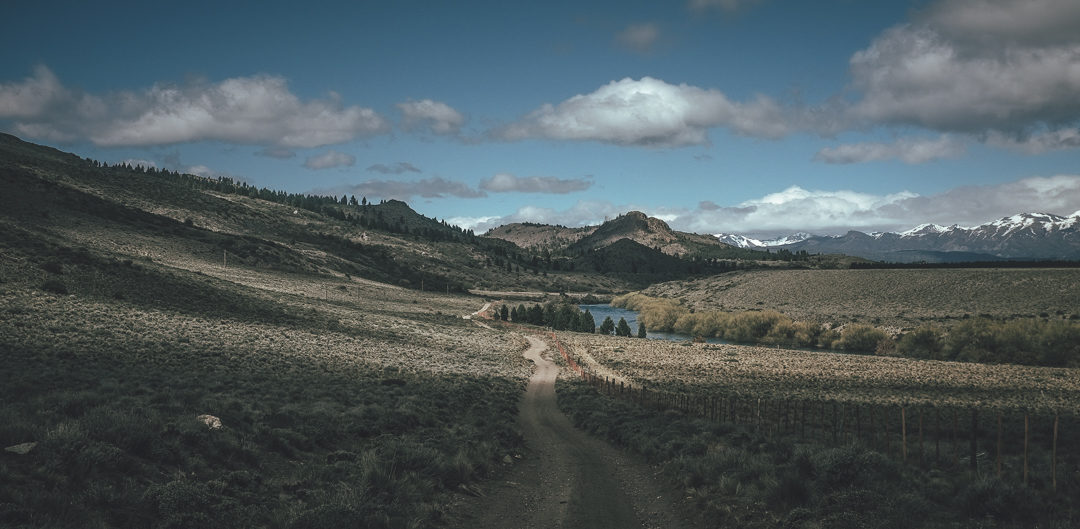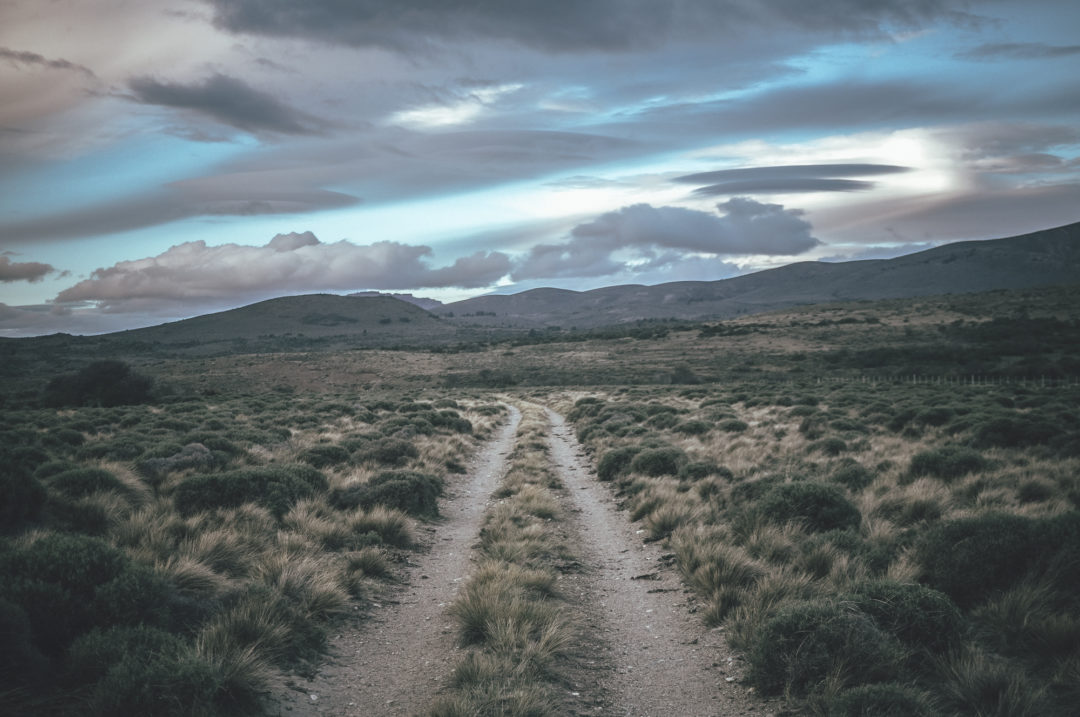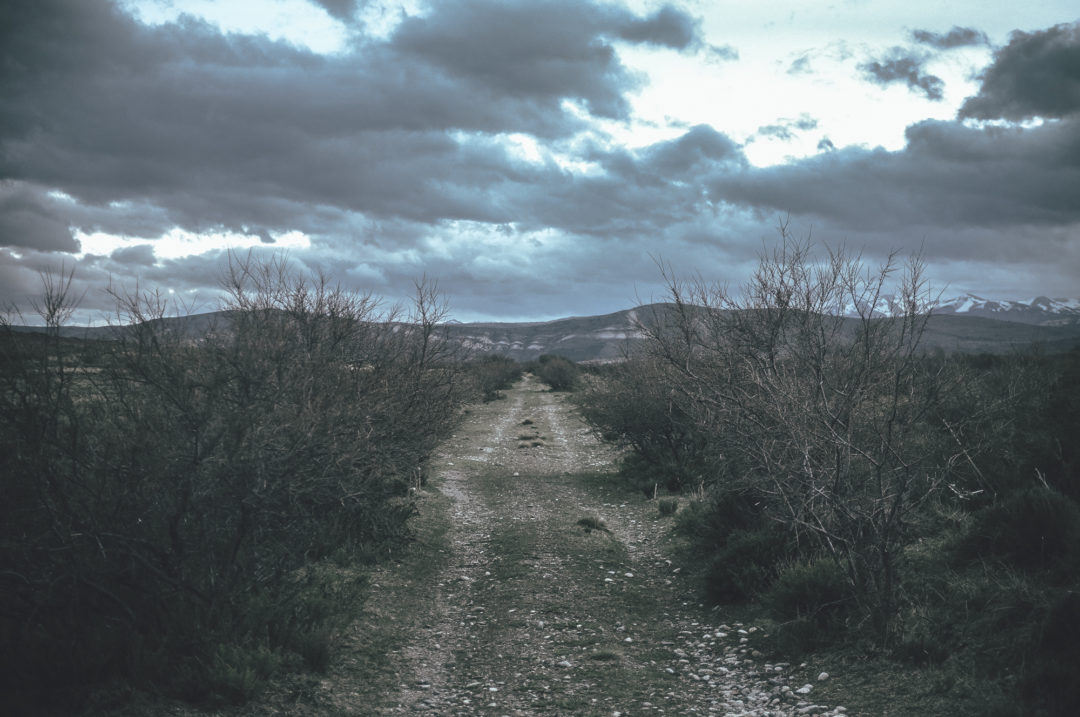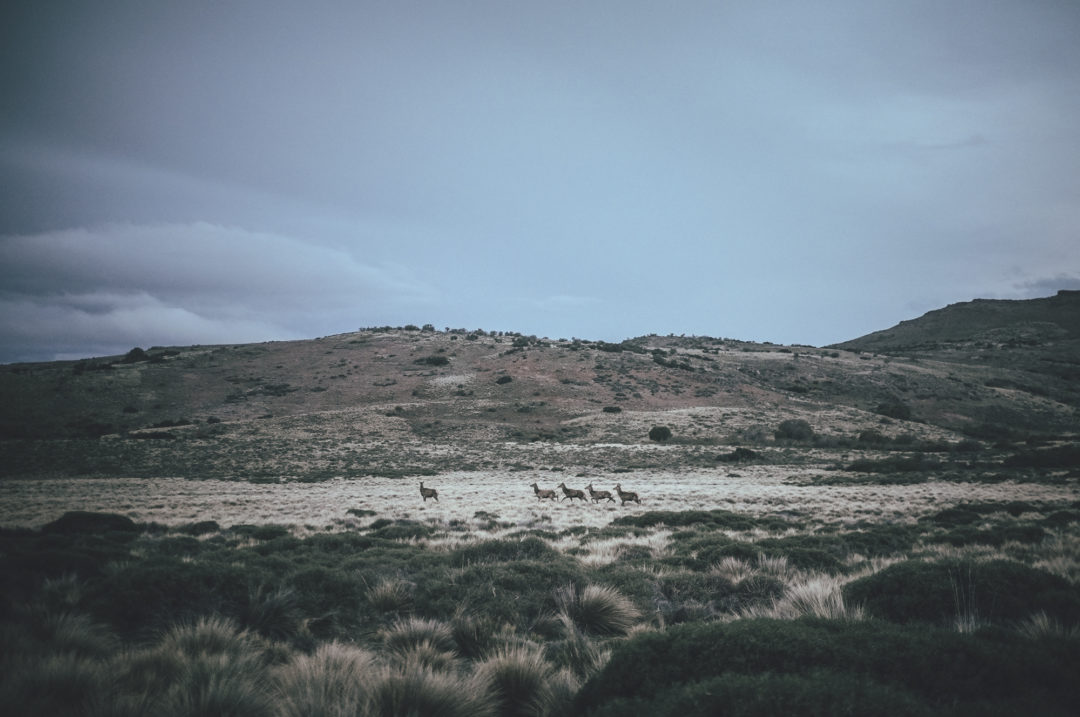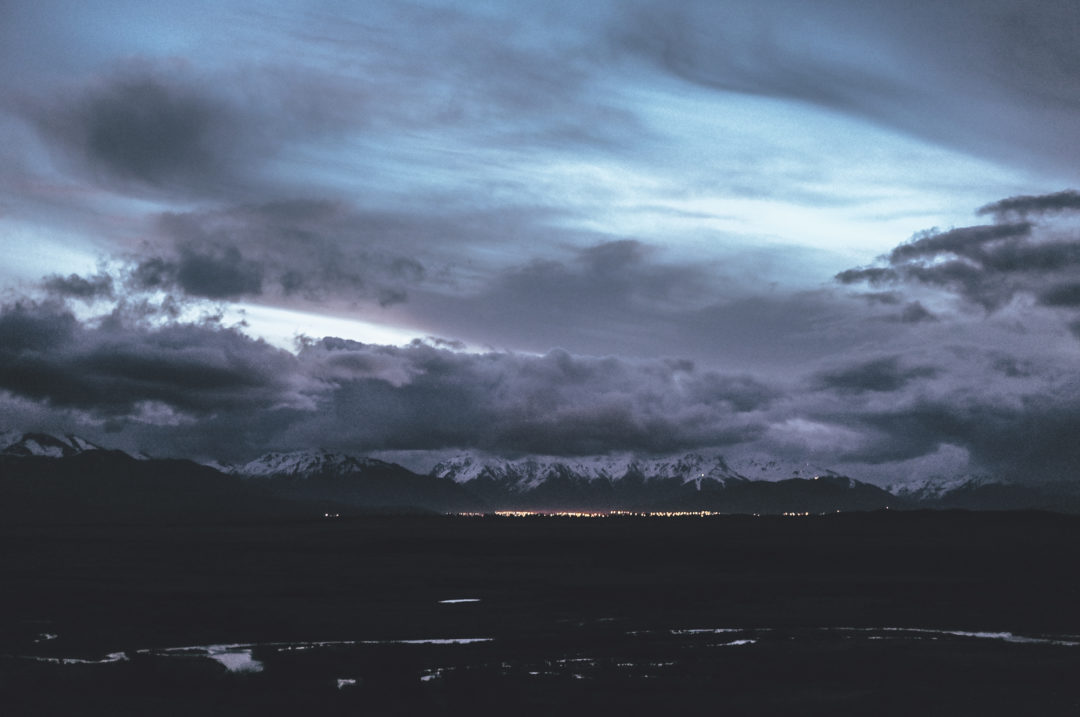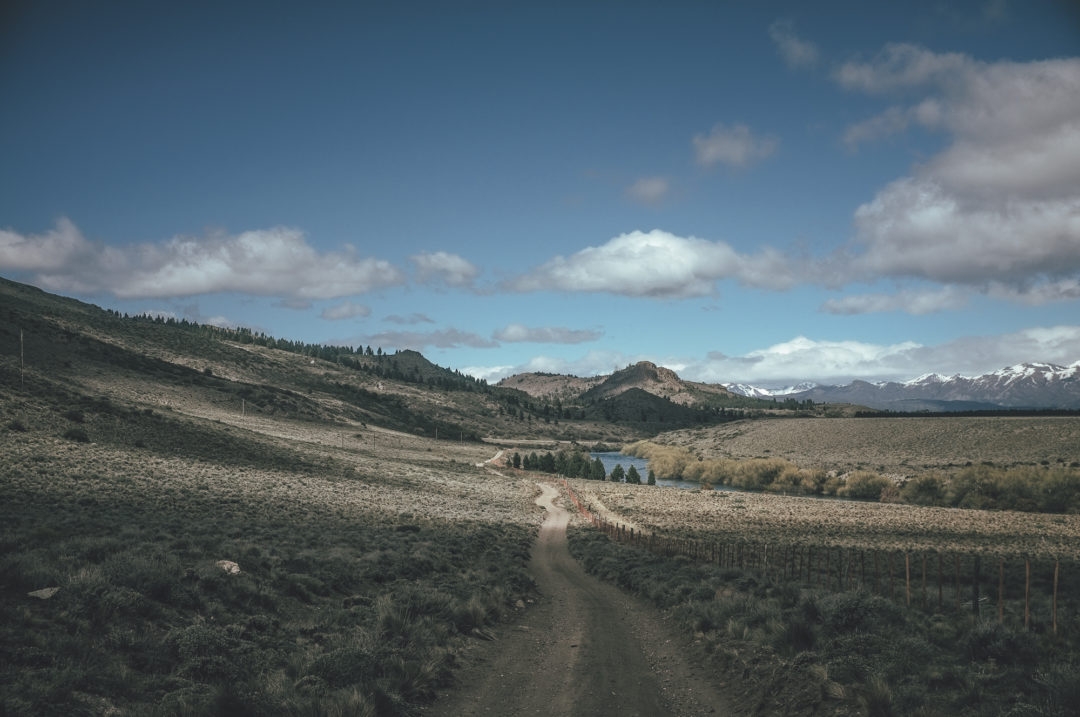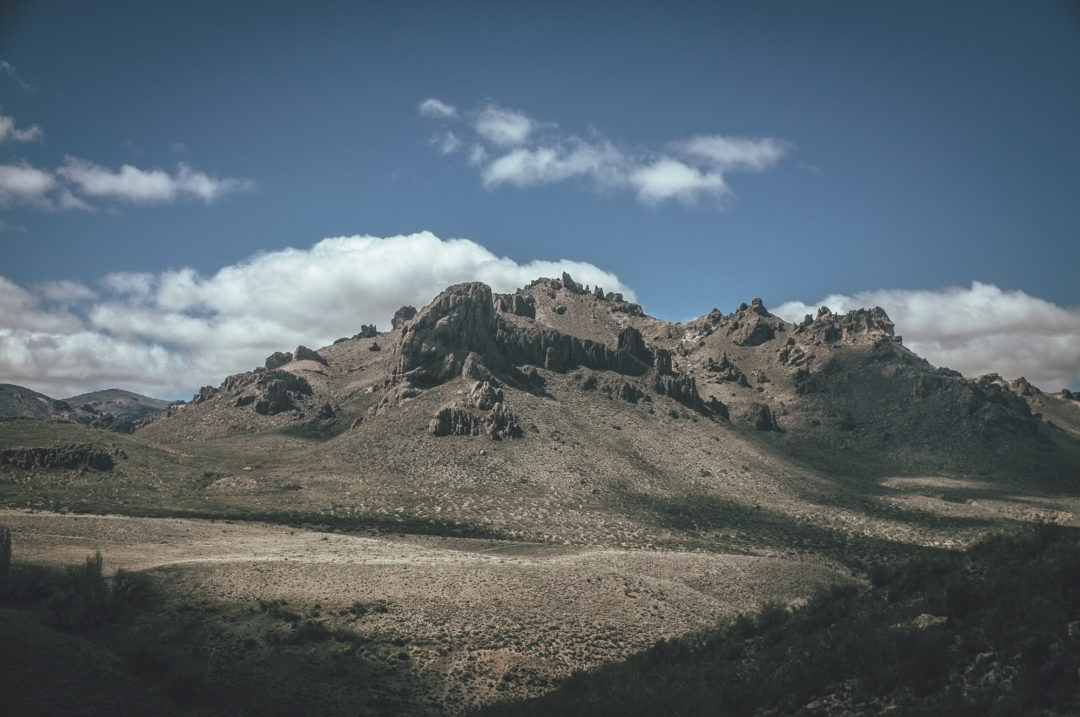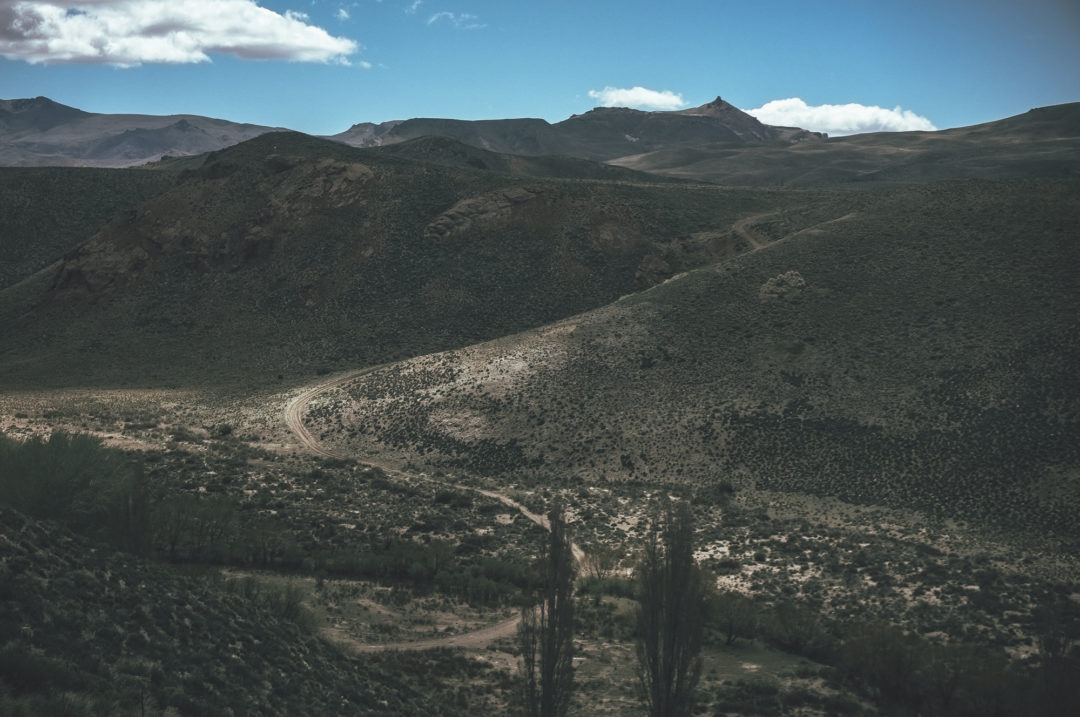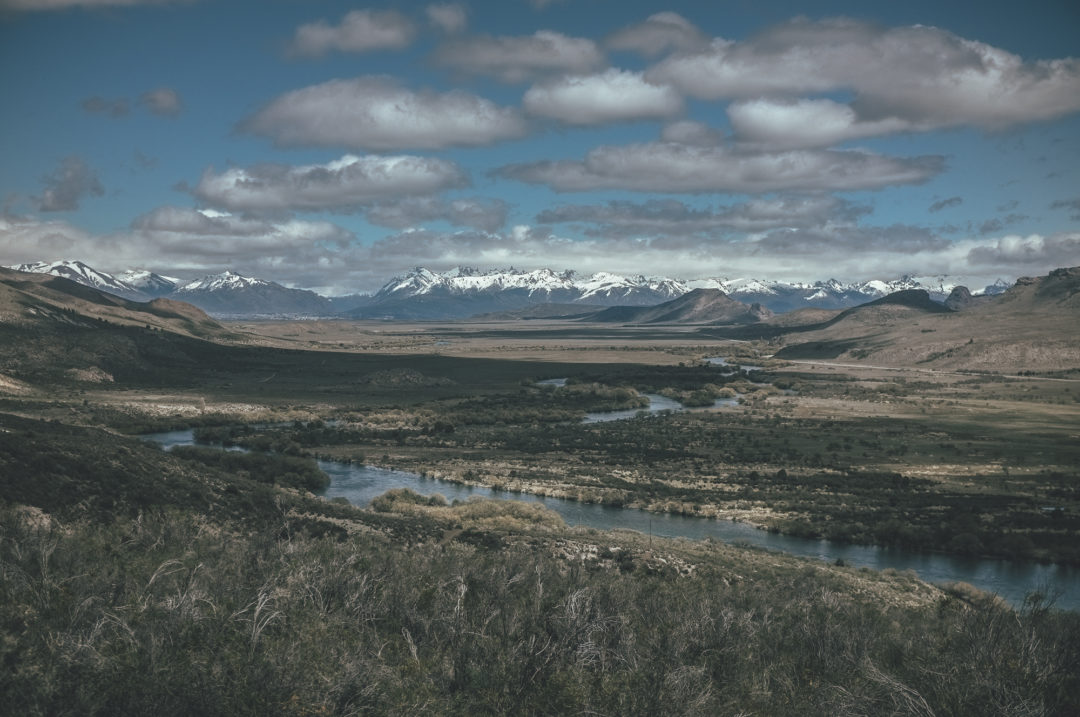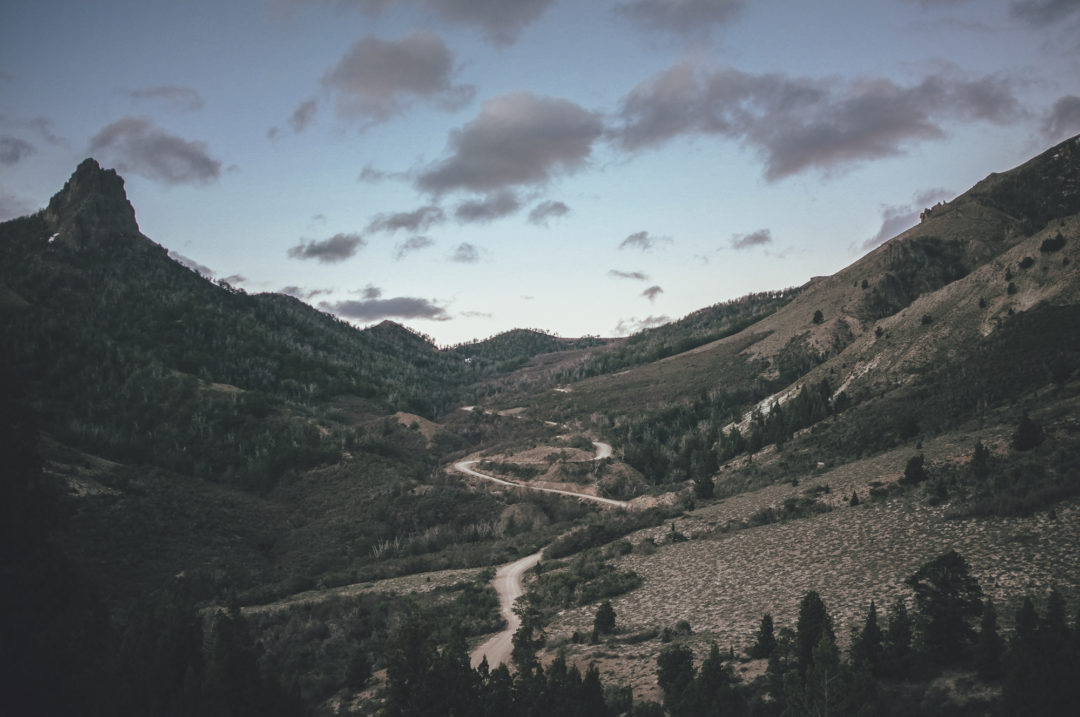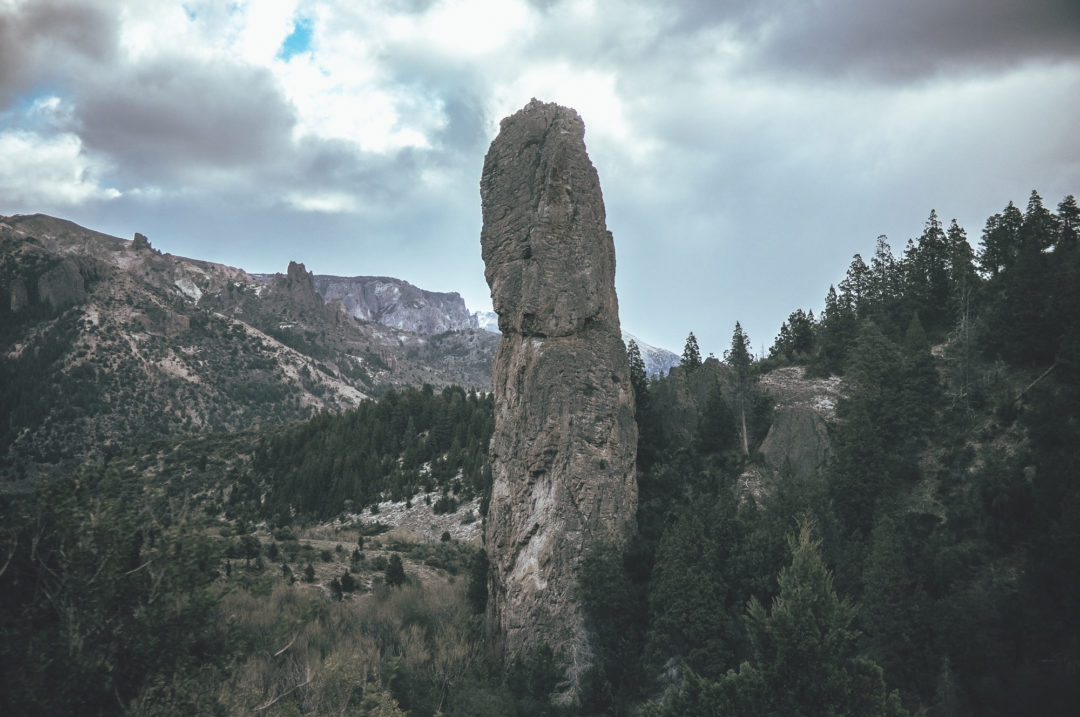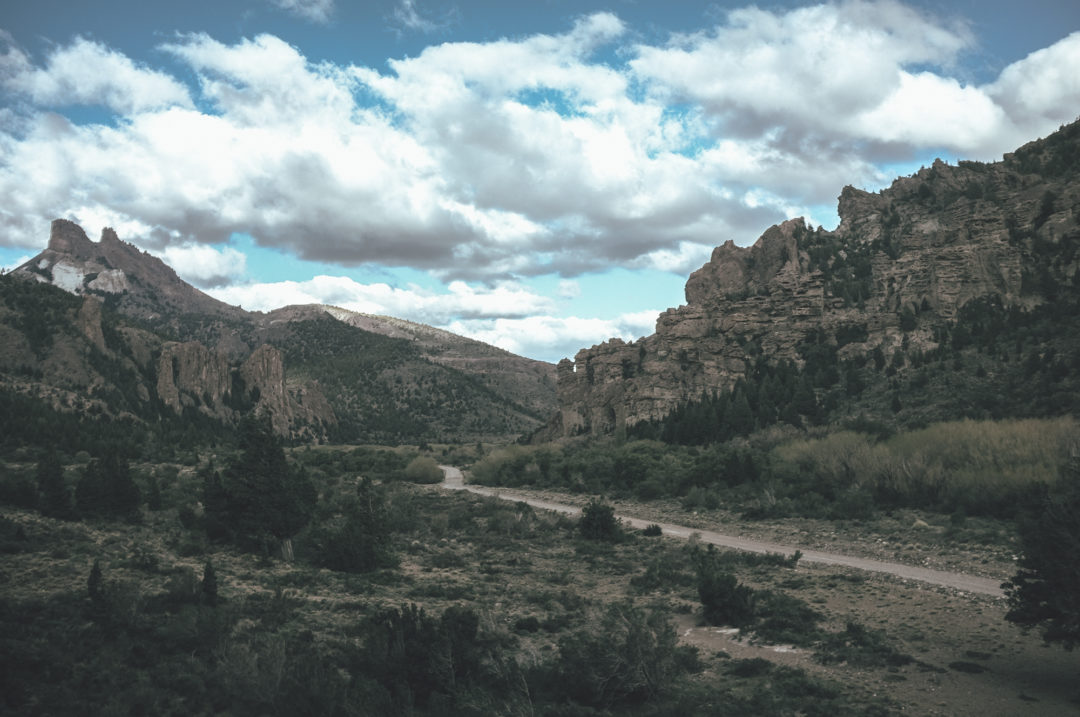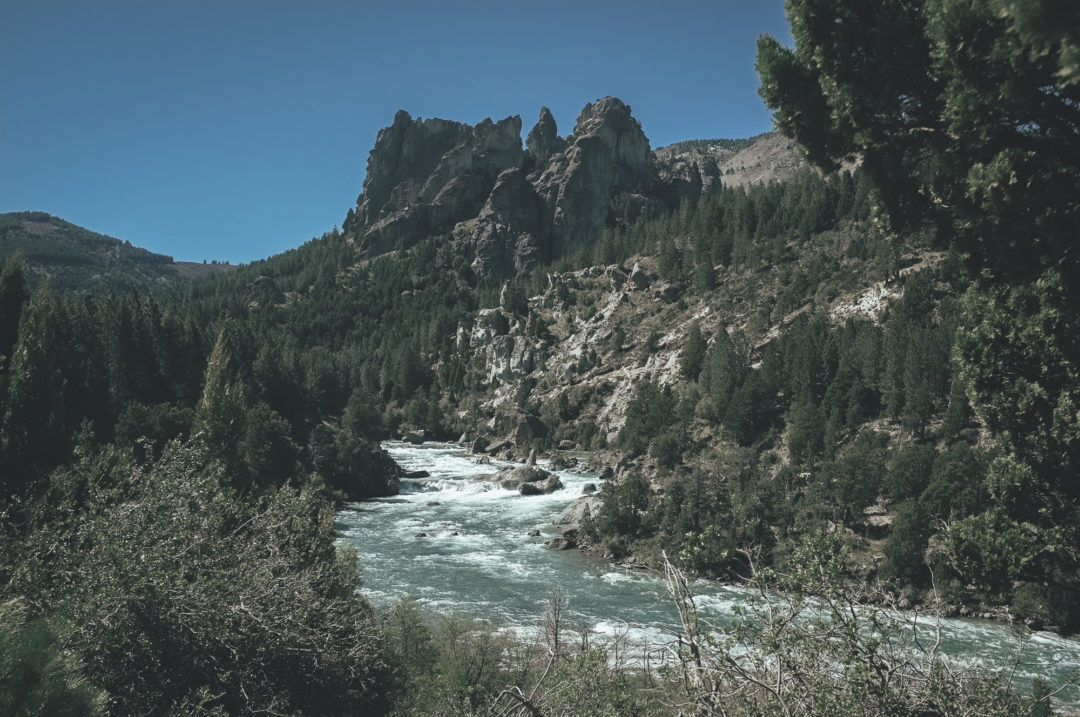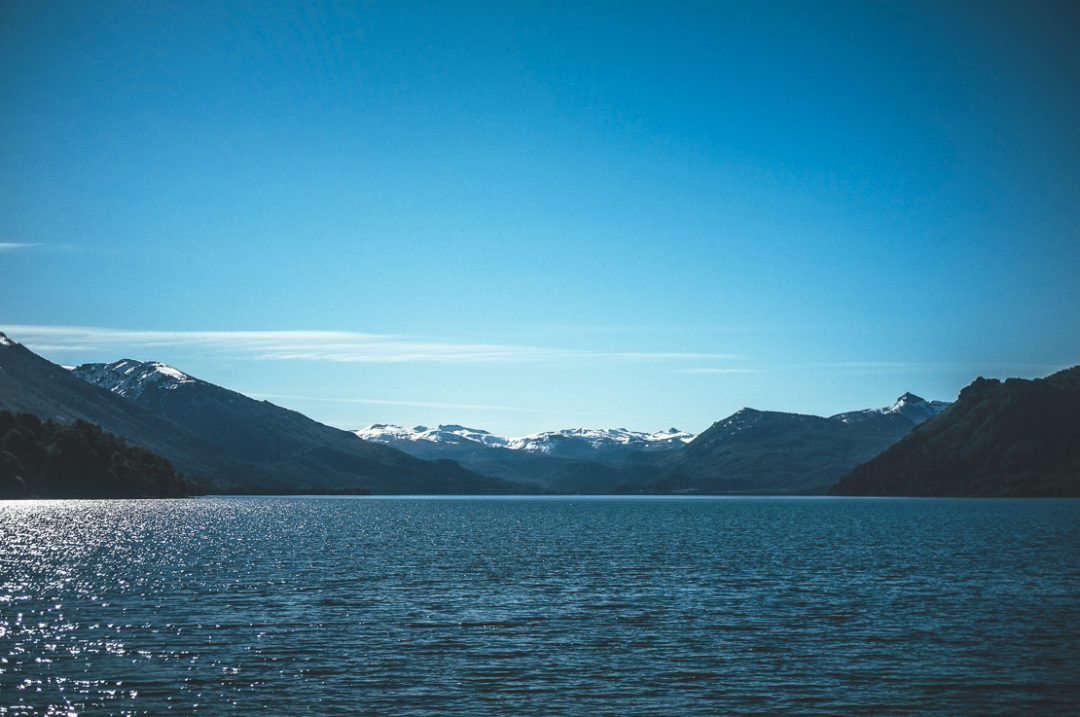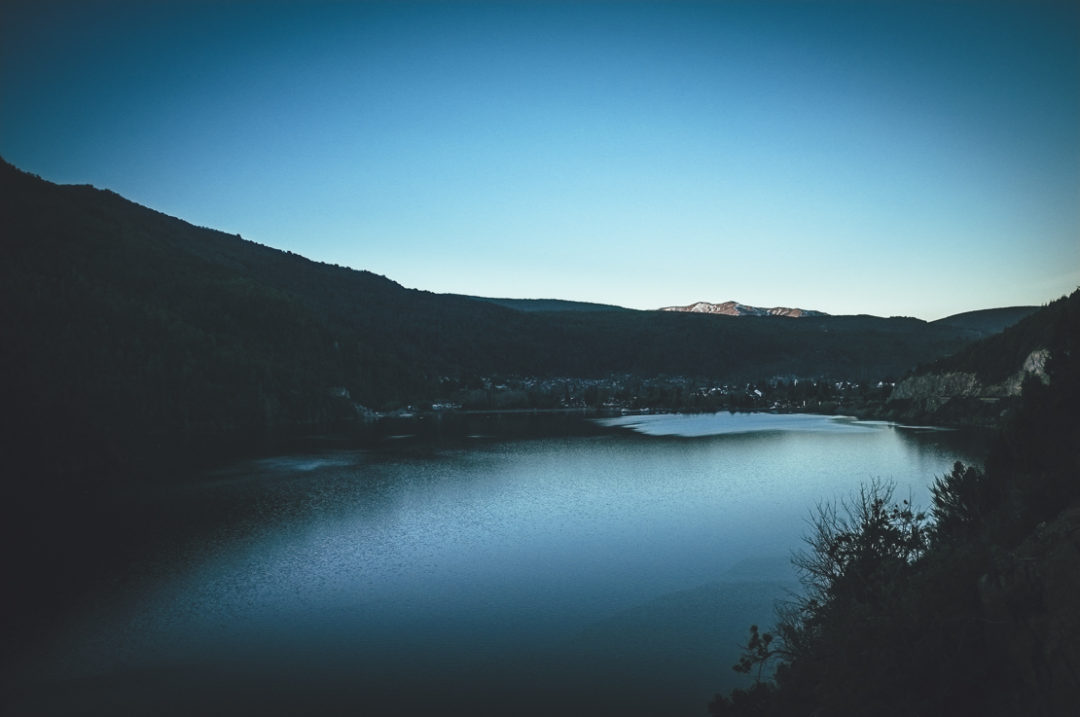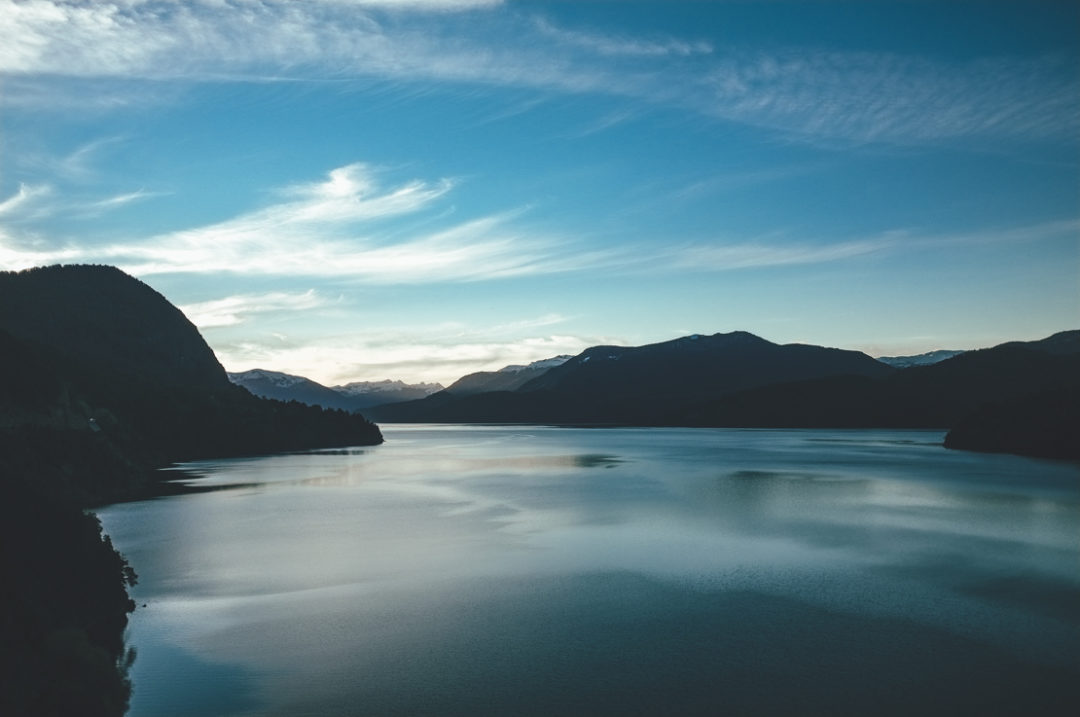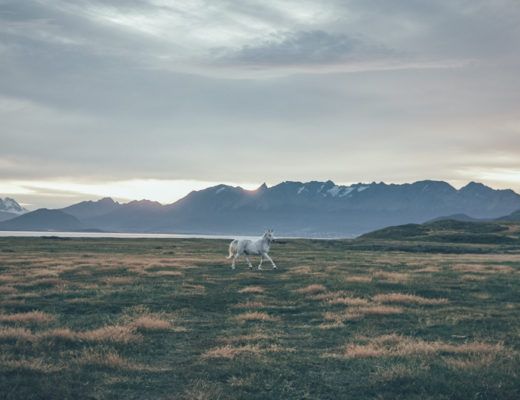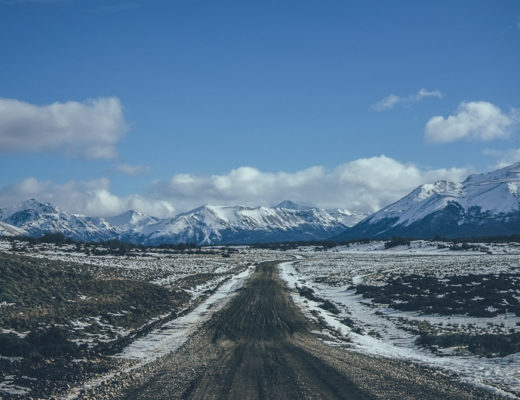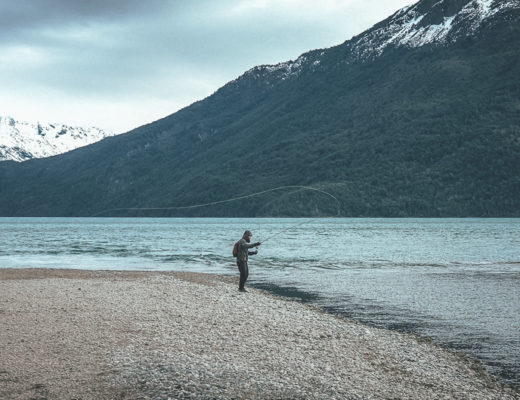San Carlos de Bariloche is one of the most touristic destinations in Argentinian Patagonia, alongside with Ushuaia, Calafate and El Chaltén. In the view of a biketourer, heavy tourism usually means heavy traffic and difficulty in finding good wild camping spots. Luckily I had taken my time in El Bolsón and later on in Bariloche to find a peaceful gravel road across the green mountains in the horizon – and that route proved to a bliss.
Once I had finally escaped the heavy traffic of Bariloche, I felt safe enough to put on an audiobook of My Struggle by Karl One Knausgaard on my headphones. I thought I knew the route well, having ridden the road already once on the way to town, but somehow missed a crossroad by 10 km anyway. When I finally checked my location I was at the gates of Aeropuerto Internacional Teniente Luis Candelaria, also known as Bariloche Airport. Not only that, I also realised that I had left one third of my food at the Casa de Ciclista. This trip does not progress by daydreaming and following the wind, I was reminded.
Back on my planned route and having passed the airport on the side that the red line on my GPS told me to. Watching a passenger jet landing next to me I realised that I was closer to home than for a long time. All I would need to do to get home, would be to ride back to the airport terminal and buy a ticket to the other side of the pond. Luckily I did not have money for such a journey and the double track in front of me was very inviting.
A sign told me that I had entered the Parque National de Nahual Huapi. Having seen a pine plantation just a minutes earlier I did not give the information much appreciation, until I bumped up to a first pack of Red deer. For a second I hoped they were Huamules, the South Andean deer, a nearly extinct species living in the area, but their size indicated that they were not. During the afternoon I saw three packs of deer, which evidenced that at least this imported species is enjoying the refugee of the national park.
Double track and Red deer in the Parque Nacional Nahuel Huapi.
I kept riding after sunset enjoying Bariloche lighting up as the evening grew darker. I could have camped in the national park by some of the beautiful creeks I crossed, but with a cold evening beer in my mind I continued to the village of Dina Huapi. After shopping for the Friday night essentials I found more than a decent place to camp by the Rio Limay which I was to follow the next day.
The lights of Bariloche.
From Bariloche there are three roads going out, all of them busy and somewhat dangerous big roads, which I had learned to avoid. If logging 2500 km per month had been my thing on the Silk Road from Europe to Asia, now I felt my daily progress did not really matter. I wanted to enjoy every meter and experience the nature around me taking my time and if possible, in solitude. A line of camionettas and big trucks moved in a line on the west side of the Rio Limay and I was happy to be on the east side of it on a beautiful small gravel road. The glass like river also summoned me to try my luck to catch a trout and I responded to the call. I did not end up landing a fish, but big shadows on the bottom of the rocky river floor kept my hopes up. What a jewel of a route I had found.
Riding by the Rio Limay.
After a half a day on the dream-like road I was forced to cross the river and join the main road for 27 kms. After the necessary evil I was back on gravel again and started a climb to the third highest pass on my way in South America so far. Paso del Cordova (1314m) is one of the more peaceful gateways to the northern part of the Parque National de Nahuel Huapi, which I had assumed to be full of tourists. Apparently though no-one enters the park from the south and I shared the road during the night only with two other vehicles.
Climbing to Paso del Cordova in Parque Nacional de Nahuel Huapi.
I found a nice place to camp at Rio Caleufú with a help of iOverlander, an app for motorised travellers, which has gained popularity among biketourers as well. River was again gorgeous I spent the late morning searching for rocks on the bushy river side, where I would have space enough to perform a cast. Fish was active, but the fisherman sleepy. Trout seemed to enjoy only tasting the feather tail of my flies, which simultaneously entertained and annoyed me. I kept walking further and further upstream, until I got myself and my rod stuck in a thick vegetation and admitted the reality. Patagonian trout 10 – Finnish Taneli 0.
Rio Caleufú turbulent and turquoise.
When I got closer the Villa Lago Meliquina, the number of cars increased potentially and a layer of dust started to cover the cyclist and his iron horse. I was happy though that I had two half a days of nearly traffic free cycling and enjoyed long breaks at the marked camping spots by the marvellous river. I was getting closer another touristic hubs of the region, San Martin de Los Andes, so the traffic would have to pick up anyway at some point. The Lago Meliquina was spectacular, I need to admit, so no wonder the crowds were liking this spot. In the river mouth in the southeast corner of the island the liquid glass turned from a flat and still into a fast flowing clear jet toward the lower elevations. I spend an half an hour on the bridge watching the spectacular water.
Lago Meliquina and snowy mountain tops.
When I reached San Martin de Los Andes a couple of hours later, I treated myself with a beer and empanadas in the town, congratulating me of finding another mostly fantastic piece of a route.
Lago Lácar.
The Route
Again some of the gravel roads on the route could be a little rough and soft, so having a plus size tire makes no harm on a fully rigid setup. Route is still though fully doable with two inch tires as well if you just pressure down and cruise with some patience. The route is rideable only when the paso Paso Cordova is free of snow, usually around from the early October to the end of May. Tourist offices in Bariloche or San Martin de Los Andes might be able to provide you the information, if you give them a call. Note that entering the short section of the Parque Nacional de Nahual Huapi behind the airport, you need to be able to lift your bike over one high wooden gate (I managed to do it without unloading the bike) and getting under another one when leaving the park (drop bar and narrow front panniers just about fit through).
The route ridden is part of the Patagonia Beer Trail, published on bikepacking.com. The map of the whole route below:

